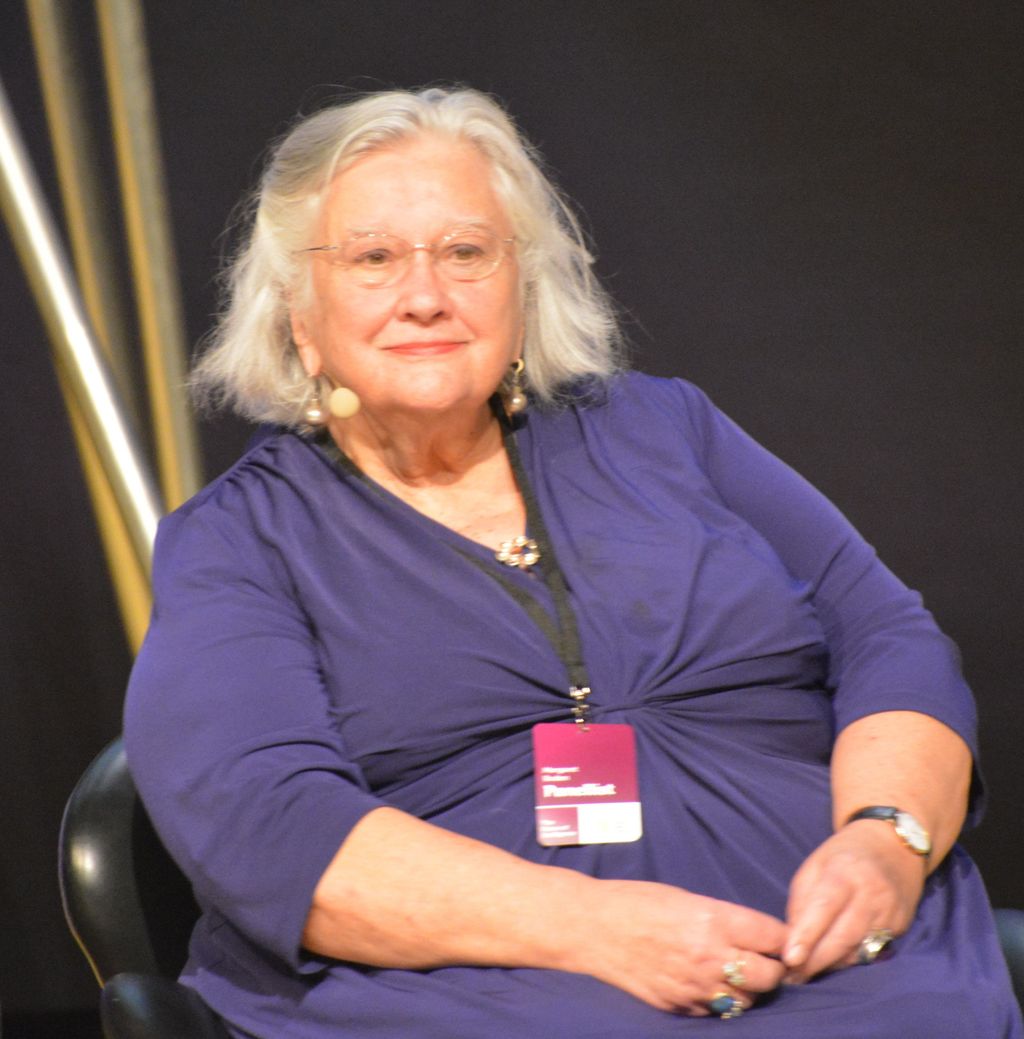
Margaret Ann Boden, a luminary in the realm of artificial intelligence and cognitive science, passed away at the age of 88, marking the end of an era for interdisciplinary research that profoundly shaped our understanding of the human mind and machine capabilities. As one of the last surviving members of the first generation of AI researchers, Professor Boden, a remarkable polymath, was widely considered essential to the field. Her passing on July 18, 2025, in Brighton, England, leaves an immense void, but her intellectual legacy, characterized by prescient insights and groundbreaking theories, continues to resonate deeply within academic discourse and technological advancements.
Her work at the University of Sussex, where she served as a research professor of cognitive science, championed the revolutionary idea that computing could unlock the intricate mechanisms of human thought. Professor Boden’s career was a testament to the power of bridging diverse disciplines, from her early studies in medical sciences and philosophy to her pioneering role in establishing academic programs that integrated psychology, linguistics, neuroscience, and philosophy to collaboratively study the mind. She leaves behind a profound intellectual footprint that will guide future generations of thinkers.
This article delves into the foundational aspects of Margaret Boden’s extraordinary journey, illuminating the early influences that shaped her unique perspective and the pivotal contributions she made to defining the nascent field of cognitive science and the philosophy of artificial intelligence. We explore the genesis of her ideas on creativity, tracing how her rigorous, interdisciplinary approach laid the groundwork for understanding one of humanity’s most complex faculties through the lens of computation.

1. **A Polymathic Approach to the Mind**
Margaret Boden distinguished herself as a polymath, a quality many early AI scientists deemed essential for the burgeoning field. Her academic journey began not in computer science, but in medical sciences at Newnham College, Cambridge University. There, she completed a three-year course in just two years, achieving the highest grade across her cohort in natural sciences in 1958.
A year later, she pursued a second degree in philosophy from the same institution. This path was significantly influenced by Margaret Masterman at the then-new Cambridge Language Research Unit, who was exploring language and machine translation in a remarkably forward-thinking manner. This early exposure to the intricacies of language and its potential for machine interpretation would prove foundational to Boden’s later work.
Her earliest philosophy papers, like those of her contemporary Daniel Dennett, explored what philosophers term ‘intentionality’ — the profound question of how a mind can reference and interact with the external world. The underlying thread connecting her diverse studies in medicine and her growing interest in AI was a deep concern for profound human experiences, including mental illness, the concept of free will, the very nature of creativity, and initially, even religious belief. Her ultimate quest was an exhaustive understanding of how the mind functions.

2. **The Pivotal Shift: From Medicine to Machine Mind**
After her initial academic pursuits, Margaret Boden embarked on a period teaching philosophy at the University of Birmingham. It was during this time that her intellectual trajectory took a decisive turn, catalyzed by an opportunity to pursue a PhD in Social Psychology at Harvard University as a Harkness Fellow from 1962 to 1964. This period proved transformative, as she sought to synthesize her varied academic interests into a cohesive understanding of the mind.
A pivotal moment, which she recounted as literally changing her life in five minutes, occurred when she stumbled upon a book in a used bookstore: “Plans and the Structure of Behavior” (1960) by the psychologists George A. Miller, Eugene Galanter, and Karl H. Pribram. Professor Boden noted that this book was groundbreaking, being “the first book which took the idea of computer programs and applied that idea to the whole of psychology.” The revelation presented by the text was profound, demonstrating how computational approaches could provide a robust framework for modeling and understanding complex mental processes.
This realization cemented her conviction that computing offered a powerful lens through which to explain the mechanisms of human thought, particularly creativity. She came to view creativity not as some divine spark or an inexplicable ‘eureka-like magic,’ but rather as a process amenable to systematic analysis, capable of being modeled and even simulated by computers. This intellectual breakthrough set the course for her subsequent career, bridging the conceptual divide between human cognition and the emerging field of artificial intelligence.
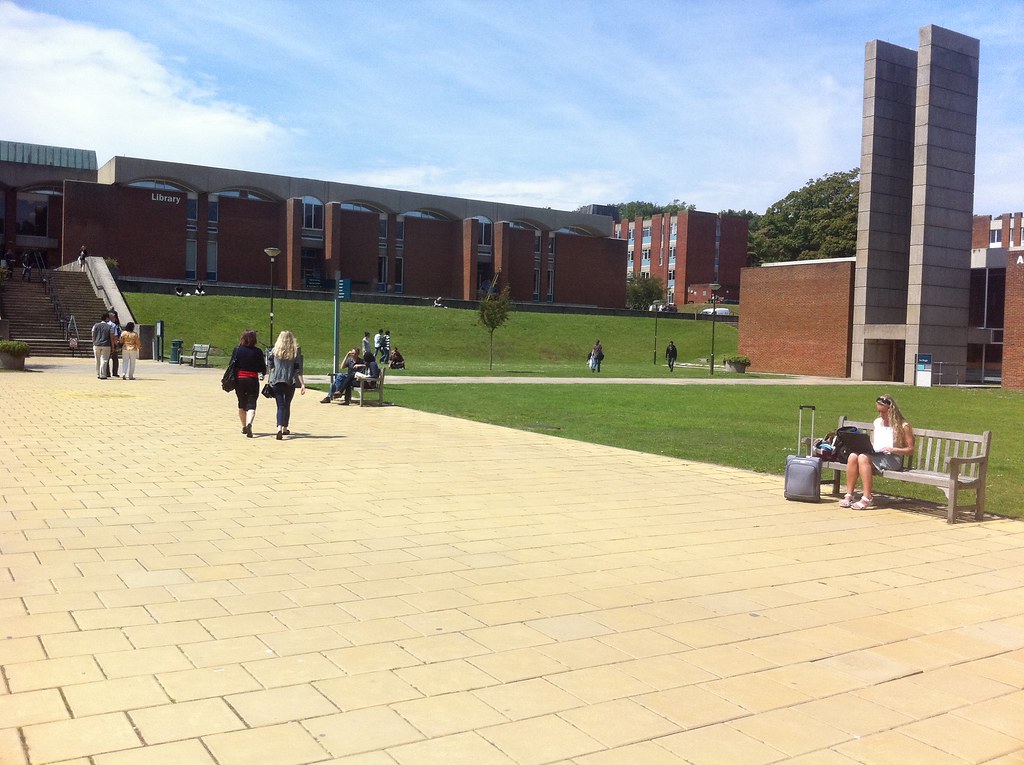
3. **Founding a Hub of Cognitive Science**
Margaret Boden’s arrival at Sussex University in 1965 as a lecturer in philosophy and psychology marked the beginning of a profound institutional and academic contribution. Over the subsequent decades, she not only inspired generations of students but also played an instrumental role in shaping the university’s burgeoning reputation as a global center for interdisciplinary research. Her visionary thinking flourished, laying the groundwork for novel approaches to studying the mind.
In the early 1970s, Professor Boden played a central role in establishing the Cognitive Studies Programme at Sussex. This initiative represented a pioneering effort to unify disparate academic disciplines in the pursuit of understanding cognition. Her leadership culminated in 1987 when she became the founding Dean of the University of Sussex’s School of Cognitive and Computing Sciences (COGS).
COGS rapidly distinguished itself as a leading European center for AI in the 1990s. Its foundational success stemmed from its unique interdisciplinary structure, bringing together psychologists, linguists, neuroscientists, and philosophers under one umbrella to collaboratively investigate the nature of the mind, whether human or artificial. This holistic approach, which consciously bridged the often-separate domains of psychology, philosophy, and computer science, became a hallmark of Sussex’s research identity and a testament to Boden’s profound influence.
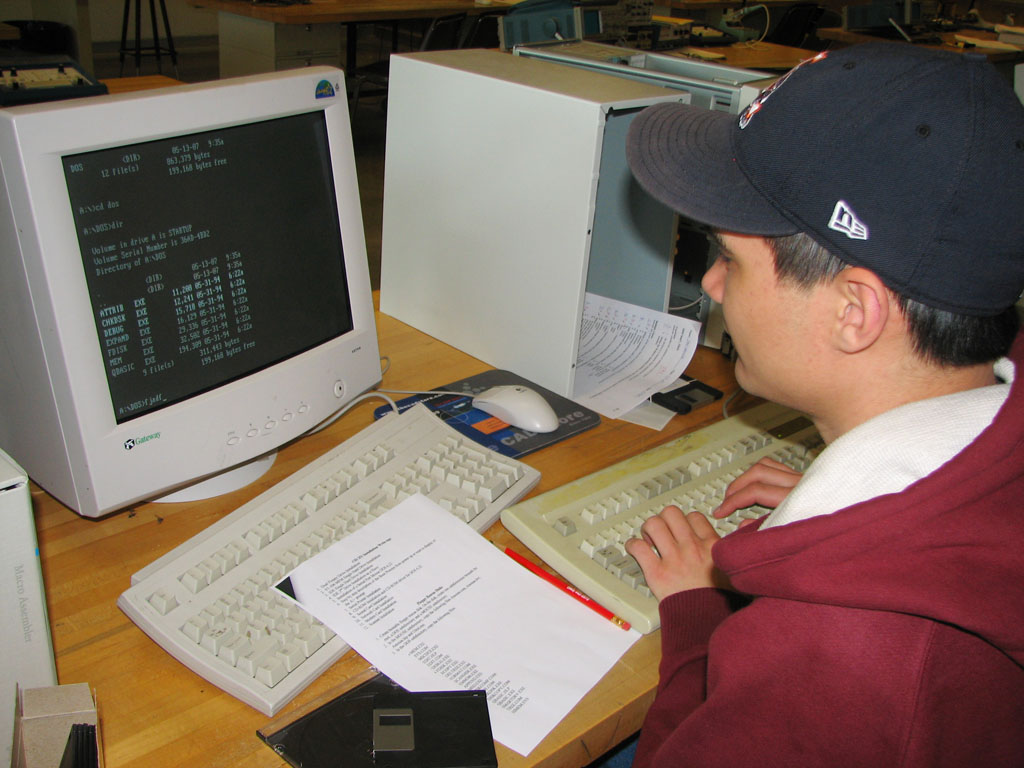
4. **Deciphering Creativity: The Three Core Types**
Among her many achievements, Professor Margaret Boden was particularly renowned for her groundbreaking work on computational models of creativity. She challenged conventional notions, dissecting the concept of creativity not as an enigmatic mystical force or a spontaneous flash of ‘eureka-like magic,’ but rather as a structured, computable process. Her central argument posited that human imagination, often considered elusive and intangible, could indeed be emulated by sophisticated algorithms, a view that proved remarkably prescient in anticipating today’s AI-driven artistic and musical generation.
Her seminal 1998 paper, ‘Creativity and artificial intelligence,’ published in the field’s then-leading journal, Artificial Intelligence, perfectly encapsulated her transformative ideas. In this paper, she articulated that “Creativity is a fundamental feature of human intelligence, and a challenge for AI,” further stating that “AI techniques can be used to create new ideas in three ways: by producing novel combinations of familiar ideas; by exploring the potential of conceptual spaces; and by making transformations that enable the generation of previously impossible ideas.” This framework became a cornerstone of computational creativity research.
Professor Boden eloquently explained that computer science provides the conceptual tools to “understand what a generative system is, how it’s possible to have a set of rules — which may be a very, very short, briefly statable set of rules — but which has the potential to generate infinitely many different structures.” Through rigorous analysis of both human and artificial intelligence, she meticulously identified these three distinct types of creativity: combinational, exploratory, and transformational, each offering a unique pathway to novelty.

5. **Combinational Creativity: The Art of Novel Blends**
The first category of creativity meticulously identified and analyzed by Professor Boden was combinational creativity. This form of ingenuity is characterized by the rearrangement and combination of familiar ideas in unfamiliar or unexpected ways. It involves taking existing concepts, elements, or structures and synthesizing them into novel configurations, thereby producing something new from what is already known.
Professor Boden illustrated this concept with compelling examples drawn from diverse domains. She cited the evocative lines of poetry, where words and phrases are meticulously combined to form new meanings and aesthetic experiences. Another instance she provided was the satirical cartoons frequently seen in The New Yorker, which often derive their humor and insight from the clever juxtaposition of everyday scenarios with unexpected twists. Additionally, she pointed to the work of artists who adeptly blend distinct styles, such as cubism with surrealism, to create entirely new artistic expressions.
Remarkably, Boden observed that “In one sense, this is easy to model on a computer.” She elaborated on this facility, stating, “For nothing is simpler than picking out two ideas (two data structures) and putting them alongside each other. In short: a computer could merrily produce novel combinations till kingdom come.” This perspective underscored the inherent capacity of computational systems to generate vast numbers of novel arrangements, highlighting the potential for AI to explore and produce new combinations without human intervention.

6. **Exploratory Creativity: Navigating Conceptual Spaces**
Building upon combinational creativity, Professor Boden introduced the concept of exploratory creativity as the second distinct type. This form of creativity entails the generation of new ideas or concepts that, while novel, nonetheless fit within an accepted and understood conceptual structure or style. It involves pushing the boundaries and exploring the full potential within a given framework, rather than breaking free from it entirely.
Professor Boden provided clear illustrations of this type of creative endeavor. She suggested examples such as the creation of “another Impressionist painting,” where an artist works within the established stylistic conventions of Impressionism to produce a unique piece, or the derivation of “another benzene derivative,” which expands the understanding of chemical compounds within known structural rules. These examples underscore the idea of systematic exploration within predefined conceptual spaces, revealing previously undiscovered possibilities without fundamental shifts in understanding.
She pointed out that “Computers seem perfectly capable of such thinking,” offering the computer program Impro-Visor as a prime example. Impro-Visor, designed to play jazz, demonstrates exploratory creativity by generating novel musical improvisations. As Boden explained, it “relies on a database that can be closely modeled on a particular musician’s style (Parker, Armstrong, and so on), and which can be adapted to non-jazz styles as well.” In her work, she further detailed how “The explorations are subtle, extended and (expressiveness apart) uncannily convincing. There’s some twisting and tweaking, as the dimensions being explored are pushed.” However, she crucially noted that while computers excel at exploration, they “crucially lacks what is inherently human: the ability to evaluate whether the output is any good,” highlighting a fundamental distinction between machine generation and human discernment.
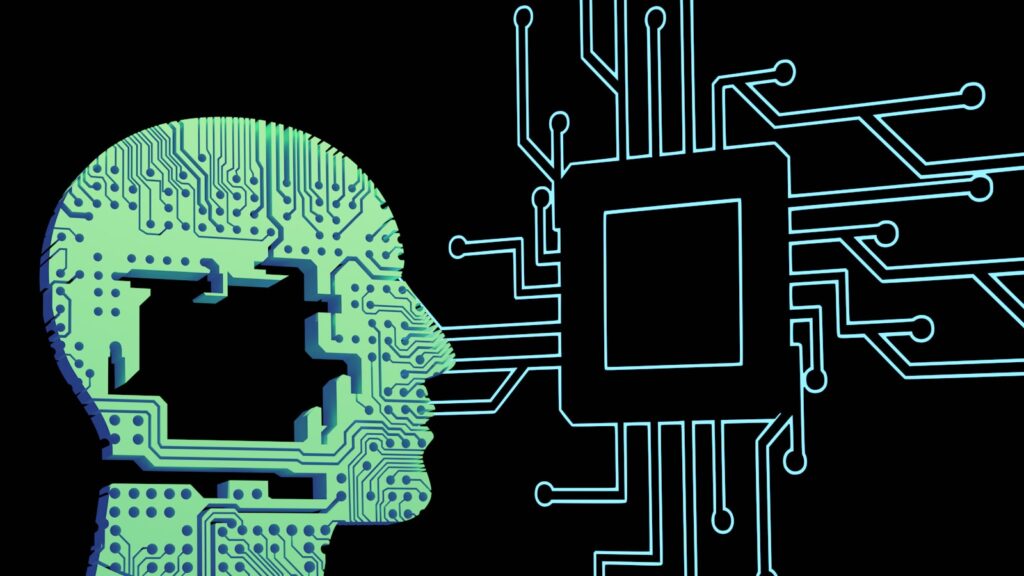
7. **Transformational Creativity: Breaking Conceptual Boundaries**
Building on her meticulous categorization of creative thought, Professor Boden articulated the third and arguably most captivating type: transformational creativity. She described this as the “’sexiest’ of the three types,” precisely because of its capacity to generate ideas that are not only novel but fundamentally different from anything that existed before. This profound form of creativity involves a redefinition or transformation of the underlying conceptual space itself, moving beyond mere combinations or explorations within existing frameworks to create entirely new paradigms of understanding.
For decades, this particular facet of creativity fueled intense debate among computer scientists and philosophers alike. The central question revolved around whether machines could ever achieve such a level of profound innovation, leading to discussions on the potential for superintelligence to match or even surpass human thought. Professor Boden’s framework provided a critical lens through which to analyze these debates, offering a structured way to consider how an artificial system might, in theory, generate ideas that disrupt or transcend its own programming.

8. **Prescient Skepticism: AI’s True Understanding and Limitations**
Despite her profound belief in computing’s ability to model human thought, Professor Boden was also a vocal skeptic regarding the extent of AI’s capabilities, particularly its capacity for genuine human-like understanding. She critically assessed the notion that computers could truly ‘think’ or ‘understand’ in the human sense, emphasizing that AI systems primarily manipulate symbols without consciousness or true intentionality. This nuanced view stood in stark contrast to the often-unbridled optimism surrounding AI’s future.
She famously stated on “The Life Scientific” that “The notion of there ever being a time where we could have a natural language-using program which was able really to converse in a rich and subtle way with an intelligent and educated human being about anything under the sun — from, you know, football to fossils — seems to me to be a fantasy.” This statement, made years before the widespread emergence of large language models like ChatGPT, underscores her prescience. While these modern tools exhibit remarkable linguistic abilities, her core critique remains relevant: their operations are based on pattern recognition and symbol manipulation, not a deep, contextual human comprehension.
Indeed, even ChatGPT, when asked if Professor Boden would have been surprised by its existence, responded that she “probably wouldn’t have been shocked that something like ChatGPT exists — but she would likely have been both fascinated and deeply critical.” The response further clarified her stance: “She stressed that computers don’t ‘think’ or ‘understand’ in the way humans do — they manipulate symbols without consciousness or intentionality.” This sentiment was echoed by Anil Seth, a former student and professor of cognitive and computational neuroscience, who affirmed its accuracy, suggesting Professor Boden’s discerning perspective on AI’s true nature would have remained steadfast.

9. **Warnings on Societal Risks: Beyond the Technical Marvel**
Beyond her philosophical insights into AI’s inherent limitations, Professor Boden was remarkably prescient in recognizing the potential societal risks and ethical dilemmas posed by the technology. While she welcomed developments such as AI programs facilitating legal advice or aiding in disease detection, she maintained a “prudently pessimistic” view on other applications. She specifically highlighted concerns regarding military technology and programs designed to gather data on individuals, urging caution against a dystopian future where such capabilities are unchecked.
One of her most poignant warnings concerned the development of “Care-bots” or computer “companions” for elderly individuals. Professor Boden feared that such applications, while seemingly benevolent, could become dangerous substitutes for one-on-one human contact. She articulated that while a bot might offer phrases like, “‘I’m sorry you’re sad about that,’ or ‘What a lovely thing to have happened!’” such words would be “literally meaningless” in the absence of genuine human feeling. Her concern was profound: “A demented person could be ‘comforted’ by such words, but at what cost to their human dignity?” This underscored her consistent emphasis on the distinct and irreplaceable value of human consciousness and connection.
Her abstract from the 1998 paper, ‘Creativity and artificial intelligence,’ contained a crucial final sentence that, in classic scientific understatement, has become “terrifyingly manifest” today: “AI will have less difficulty in modelling the generation of new ideas than in automating their evaluation.” This insight perfectly encapsulates the current challenge of AI-generated misinformation, which plagues everything from academic essays to legal opinions. Professor Boden correctly grasped that while generative AI models can be creative, they are “not necessarily intelligent,” and it is crucial to understand that creativity is only one facet of true intelligence.
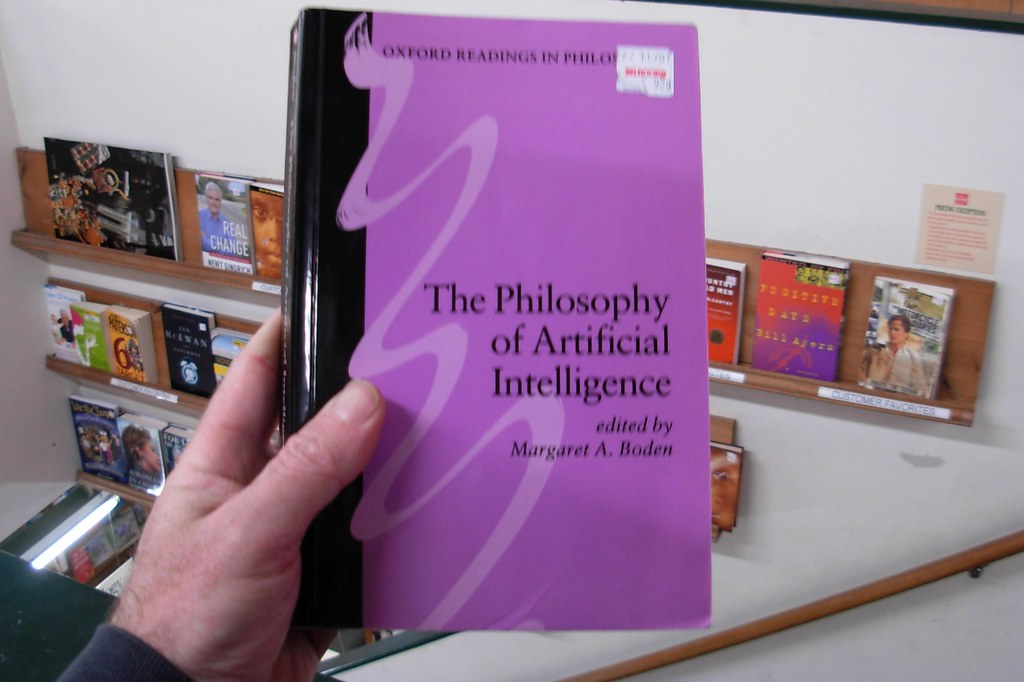
10. **A Trailblazer for Women in Academia**
In a field largely dominated by men, particularly during its nascent stages, Margaret Boden emerged as a powerful and enduring trailblazer for women in academia. Her polymathic approach, combining medical sciences, philosophy, and cognitive science, was not only academically innovative but also set a precedent for interdisciplinary engagement. She was a pioneering woman whose intellectual rigor and visionary leadership inspired countless others, particularly her fellow female academics, in fields where their presence was often sparse.
Professor Boden’s journey through Cambridge and Harvard, and her subsequent long tenure at the University of Sussex, exemplified resilience and intellectual courage. As Blay Whitby, a fellow philosopher and ethicist, observed in 2014, “What’s unique about Maggie is that she’s a philosopher who has informed, inspired and shaped science.” He further emphasized that while many modern scientists dismiss philosophy’s relevance, they would be “advised to look at the work and life of Maggie Boden” to see its profound impact. This highlights her singular ability to bridge philosophical inquiry with scientific advancement, all while navigating and succeeding in a predominantly male domain.
Her dedication to fostering an inclusive academic environment was reflected in her institutional contributions at Sussex. She not only taught and inspired generations of students but also played a critical role in shaping the university’s reputation as a hub for interdisciplinary research. Her visionary thinking and leadership in establishing the Cognitive Studies Programme and co-founding COGS provided a nurturing ground for diverse minds, ensuring that the next generation of scholars, regardless of gender, could pursue a holistic understanding of the mind.
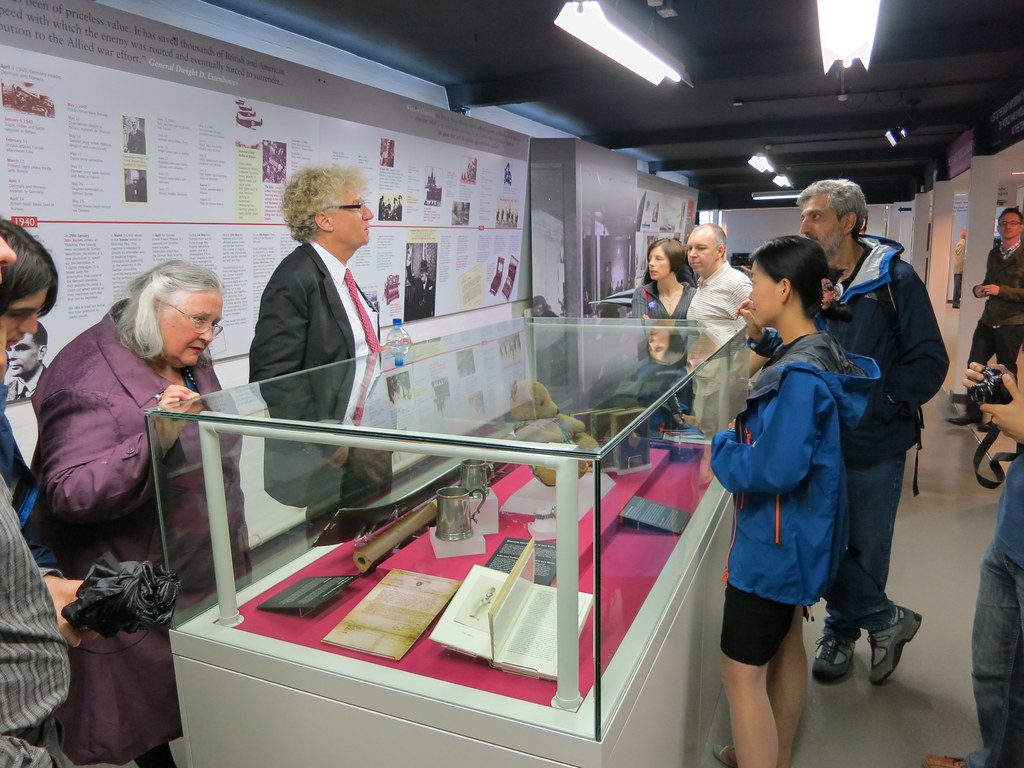
11. **Enduring Intellectual Footprint: Key Publications and Impact**
Professor Margaret Boden’s profound insights are encapsulated in a formidable body of work, most notably her seminal books that have shaped the philosophical conversation about human and artificial intelligence for decades. “The Creative Mind: Myths and Mechanisms” (1990) dissected creativity not as a mystical force but as a computable process, a view that was remarkably prescient in anticipating today’s AI-driven artistic and musical generation. This book remains a cornerstone for anyone studying computational creativity and the philosophy of mind.
Her two-volume “Mind as Machine: A History of Cognitive Science” (2006) stands as a monumental work, offering a comprehensive and detailed account of the field’s evolution, from its philosophical roots to its computational advancements. This magnum opus showcased her erudition and her unique ability to synthesize vast amounts of knowledge across disparate disciplines. It cemented her reputation as a leading authority, prompting widespread academic discourse, including public disagreement with figures like Noam Chomsky.
Her later work, such as “AI: Its Nature and Future” (2016), continued to offer nuanced perspectives on the rapidly evolving landscape of artificial intelligence. These publications, translated into more than 20 languages, have not only informed academic discourse but also made complex ideas accessible to a wider audience, solidifying her lasting influence on how we perceive the intersection of human and machine intelligence. Her honors, including an OBE, three honorary doctorates, and fellowships in the British Academy and the American Association for Artificial Intelligence, underscore the global recognition of her contributions.
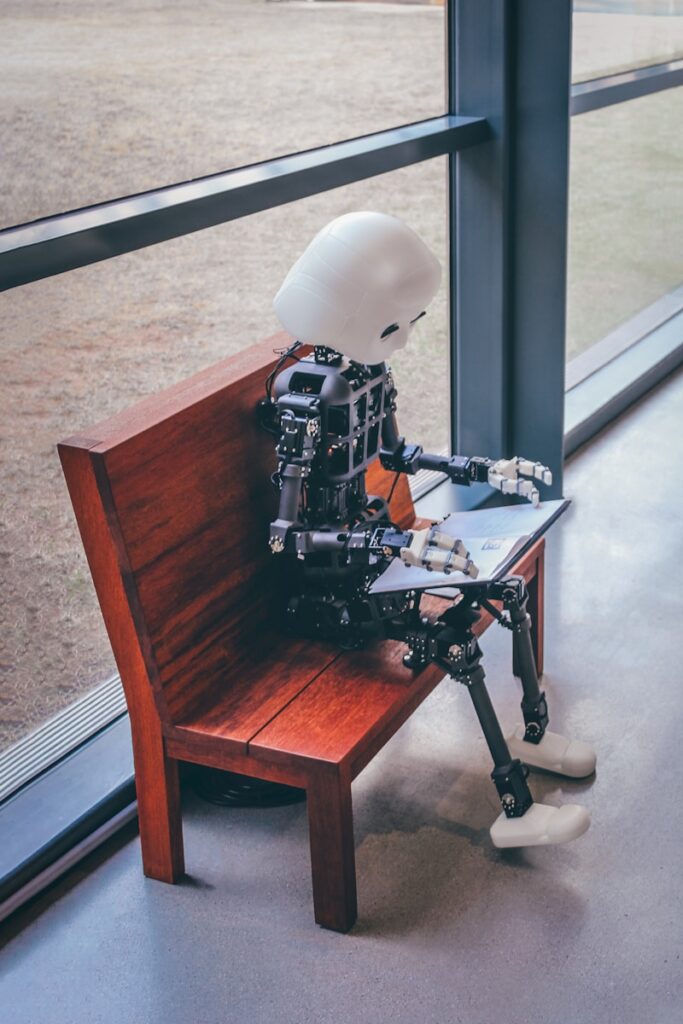
12. **A Legacy that Guides the Future of AI**
Margaret Boden’s passing, amid the significant AI milestones of 2025, serves as a poignant reminder of her profound and enduring legacy. Her nuanced perspective, characterized by both optimism for AI’s potential and cautious warnings about its limitations and societal risks, remains an invaluable guide for navigating the complex future of technology. She championed the idea that computers could illuminate the mysteries of the mind, fostering a generation of scholars who explored how biochemical processes give rise to consciousness and creativity.
Her contributions extend beyond theoretical frameworks, influencing practical applications and advocating for interdisciplinary collaboration. While she herself was not adept at using computers, viewing them as tools rather than masters, her conceptual insights provided the very language to understand generative systems and their potential. As tributes pour in from academic institutions and publications worldwide, it is clear that her groundbreaking ideas reshaped how we understand creativity and intelligence in both minds and machines.
Ultimately, Professor Boden’s work underscores a fundamental truth: intelligence, whether human or artificial, thrives on curiosity, rigor, and a deeply ethical engagement with its implications. Her intellectual footprint will continue to inspire and challenge future generations of thinkers, ensuring that her foundational questions about the nature of mind and machine will continue to be explored in labs, lecture halls, and boardrooms, guiding our collective journey into an increasingly AI-driven world. Her legacy ensures that the conversation about AI’s true nature and purpose will remain as vibrant and essential as ever.



:max_bytes(150000):strip_icc():focal(745x306:747x308)/kelley-mack-1-080525-c9e5362d4b2d4d359be87d390e83806e.jpg)